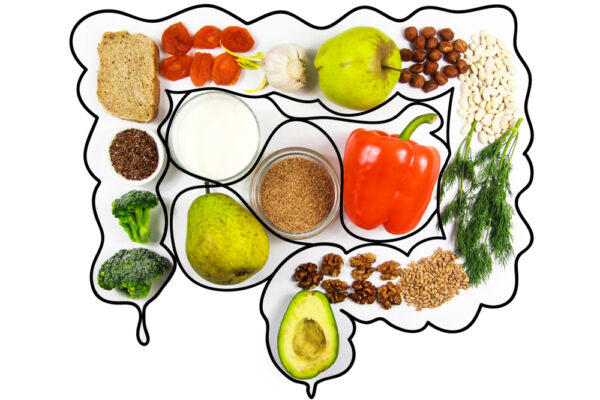Cardiovascular Health

Know Your Cholesterol Numbers. Understand advanced lipidology, what your doctor does not tell you about high cholesterol and high blood pressure, and how to reduce your risk of heart disease and cardiovascular inflammation overall.
Weight Management

Understand what causes your weight gain, how to correct your metabolism, nutritional counselling, how to achieve optimal weight the right way and learn how to maintain it.
Toxins

Understand what makes you sick. We offer extensive and specialized testing for all kinds of toxins which may affect your health and may cause you prolonged illness, anywhere from exposure to heavy metals to mycotoxins to pesticides and many more.
Thyroid Disorders

Autoimmune disorders such as Graves’ disease & Hashimoto’s, Euthyroid Sick Syndrome, and Low T3 Syndrome. Understand proper diagnosis and treatment options.
Women’s Health

Physical, Mental, and Emotional Health. Are you happy with the Status Quo? Understand life’s transitions and how to prepare for the next phase of your life. Are you suffering from polycystic ovarian syndrome, irregular and heavy periods, mood swings, weight gain, sleep disturbances, perimenopausal or postmenopausal symptoms? If so, we can help you understand what your body is trying to tell you and how to regain balance and optimal health.
Optimal Sleep and Mental Health

Understand sleep hygiene, what is sleep apnea, recommendations for evaluation and treatment options, and learn about nutraceuticals to improve sleep quality. Understand the damaging adverse effects of dangerous addictive sleep drugs and how to avoid them.
Optimal Skin Health

Understand what makes your skin age, how to reduce skin inflammation, what to avoid in your skin care, and how to navigate the overwhelming market of skin products.
Men’s Health

Physical, Mental, and Emotional Health. Are you happy with your stamina and shape? Understand life’s transitions and prepare for the next phase of your life. We can help you understand changes and how to improve your health and longevity.
Optimal Immunity

Understand what makes you sick all the time, how to boost your immune system, and how to reduce the risk of recurrent infections.
Optimal Gut Health

Understand why your gut’s health is essential to a strong immune system, heart and brain health, how to optimize absorption of nutrients and increase elimination of toxins and harmful metabolites, and learn detoxification protocols.
